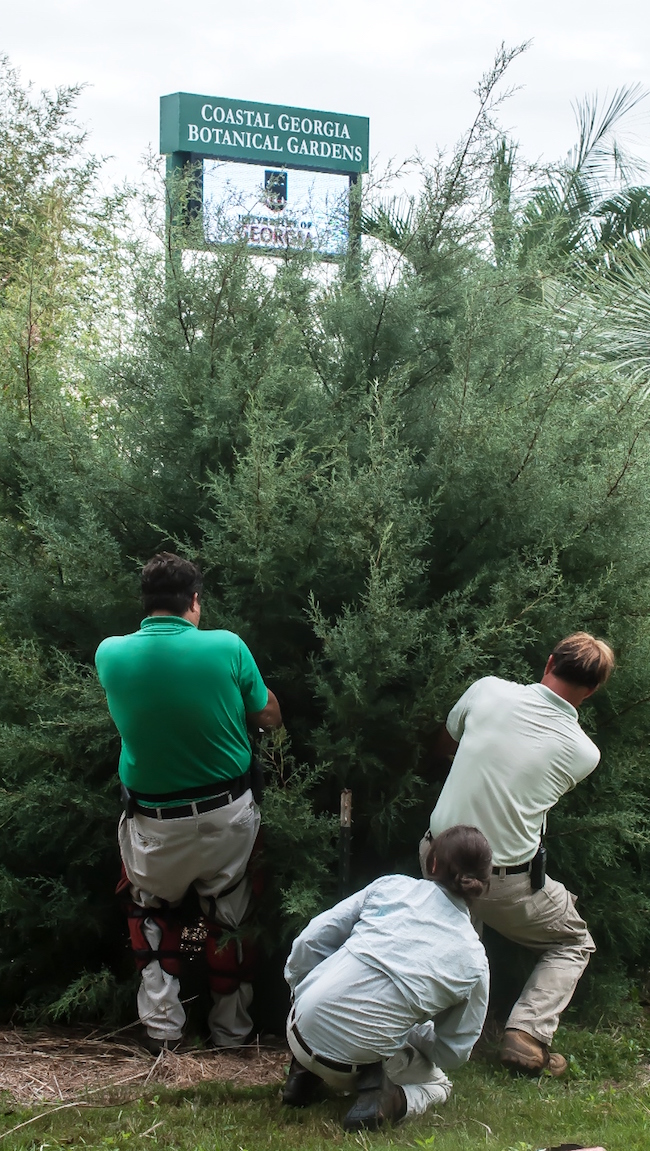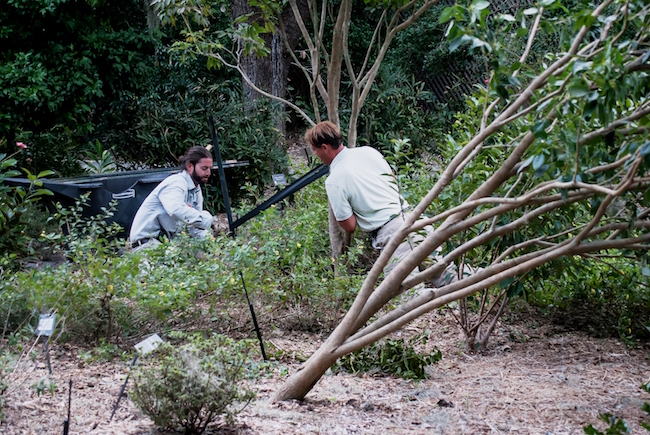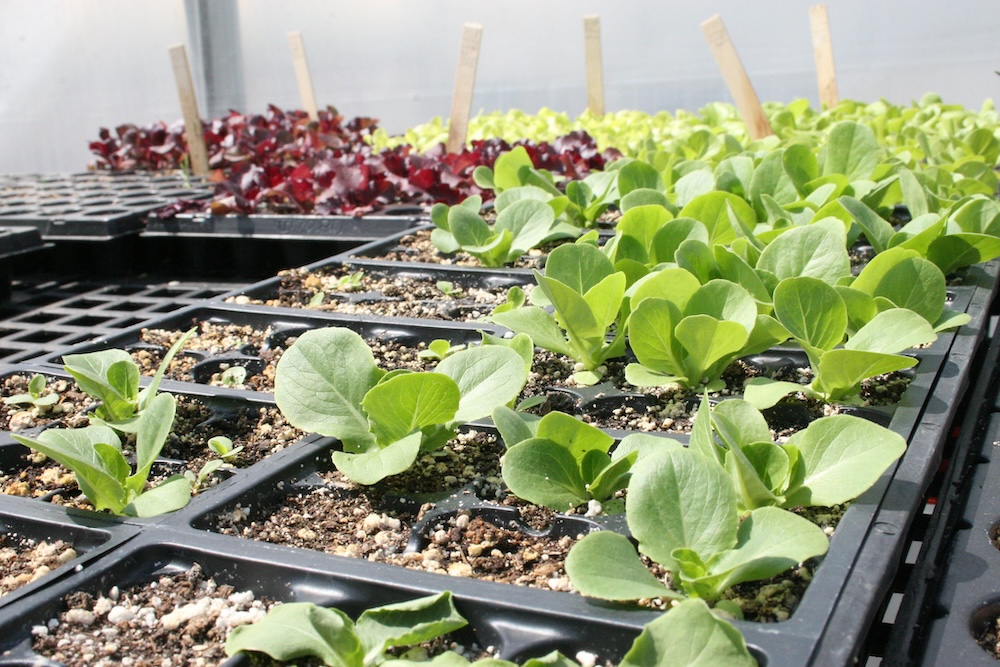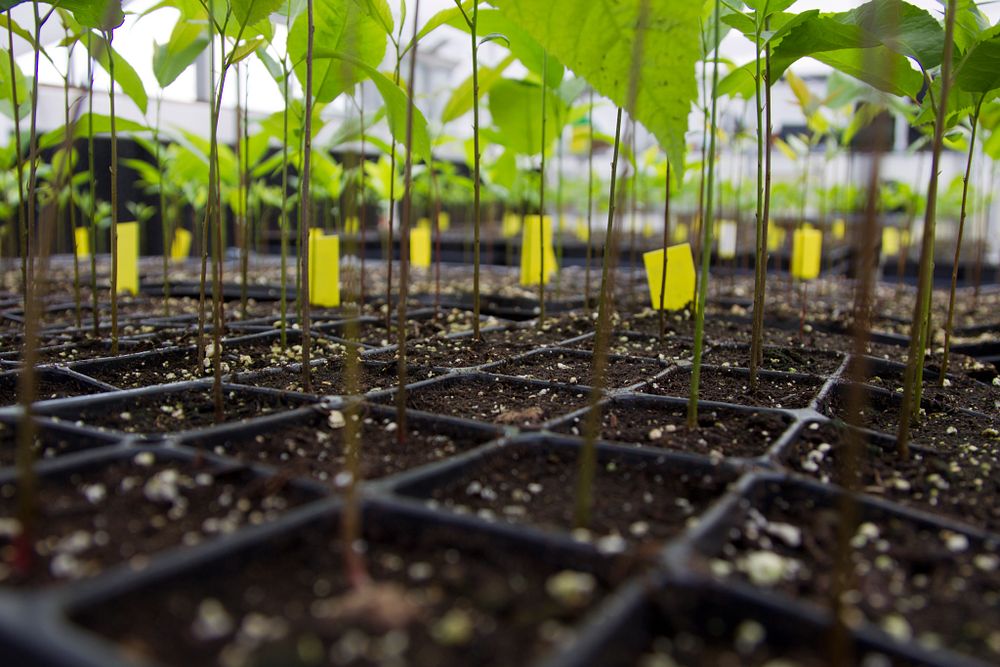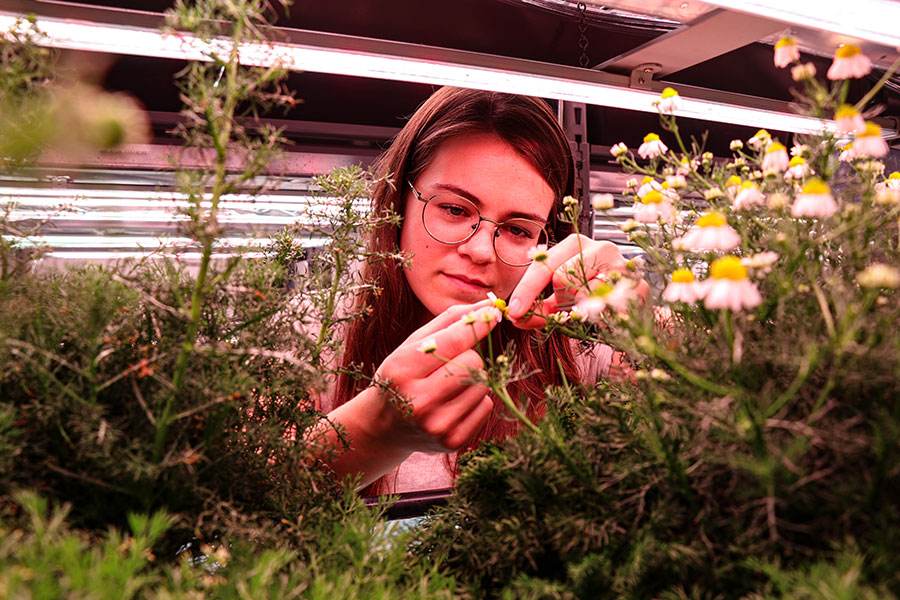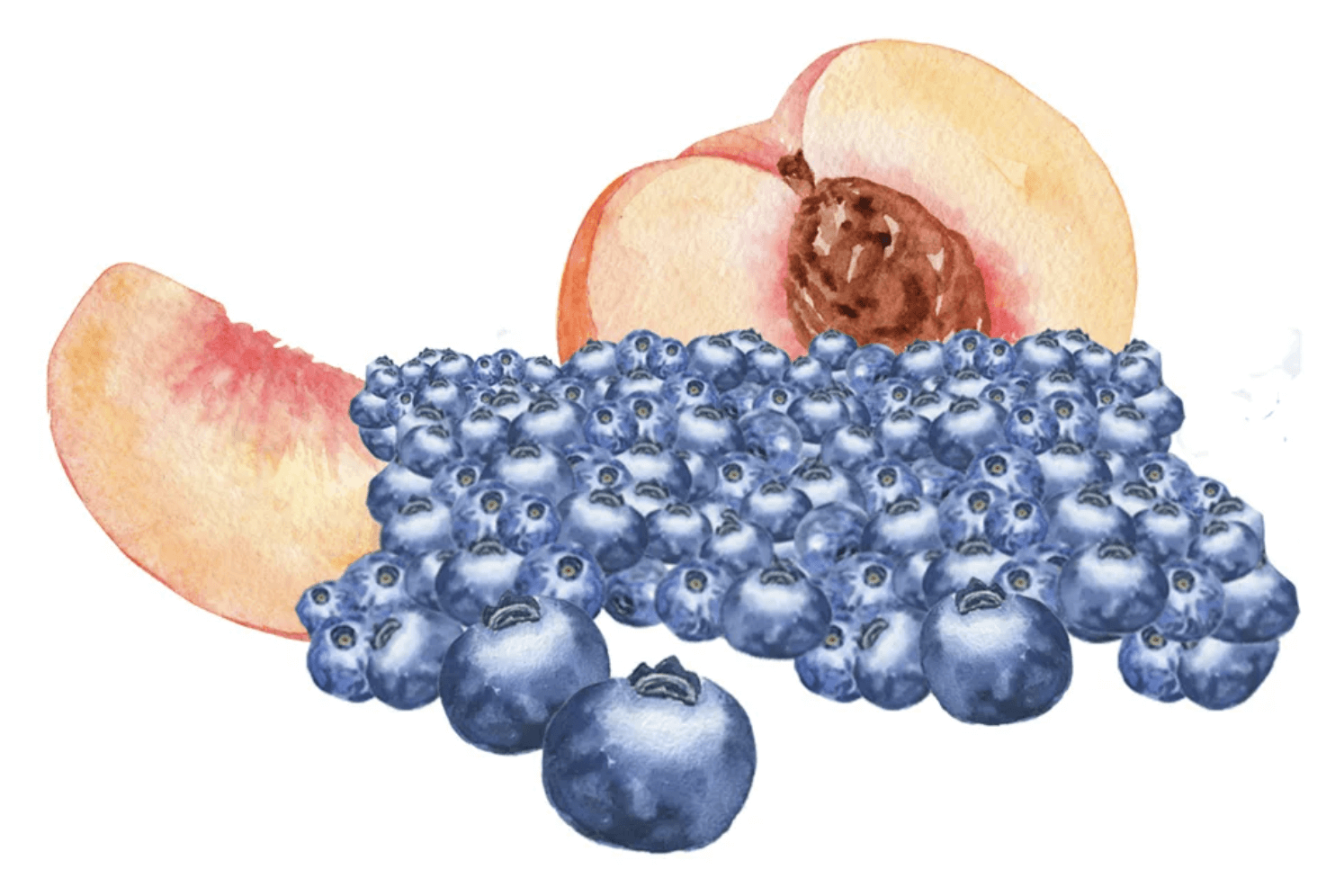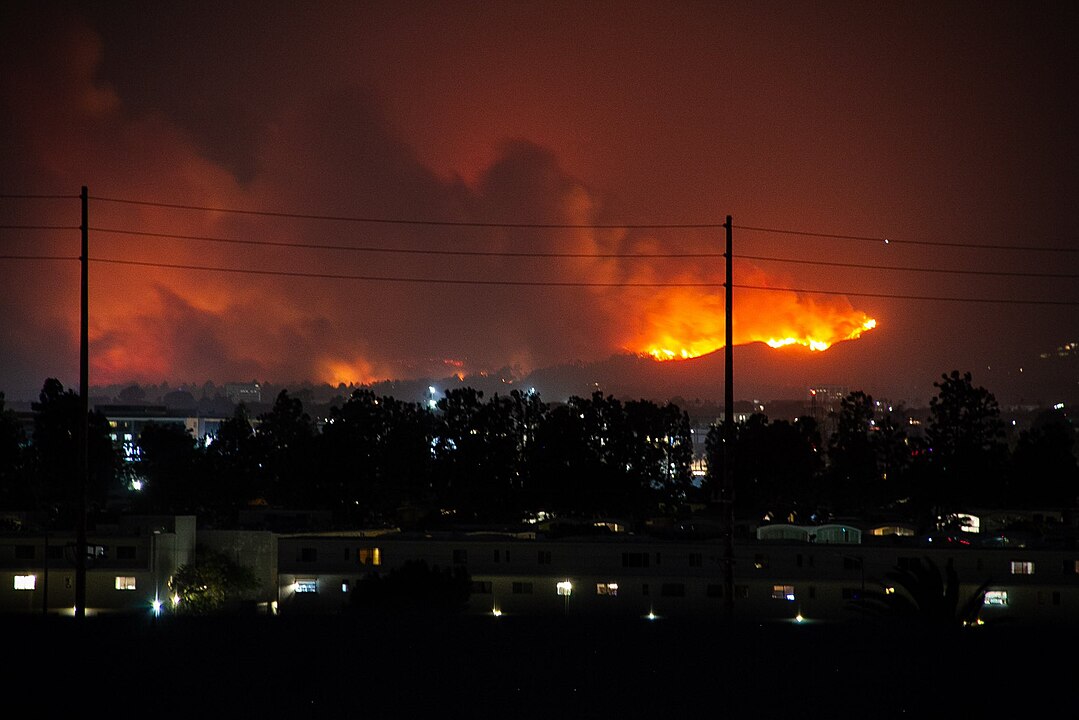Savannah area residents know that they live in an area at risk for hurricane damage, but when it has been decades since one touched the shore, we found ourselves a little complacent. Now we face a pretty large cleanup task, one that is perhaps more daunting than the storm itself.
When we build our landscape, we do it in small, concentrated outdoor rooms or pockets, one area at a time. It helps to keep us from getting overwhelmed. You may find the same focus helpful during the cleanup process. Jamie Burghardt, horticultural coordinator at the University of Georgia Coastal Georgia Botanical Gardens at the Historic Bamboo Farm, has our horticulture crew doing the same thing. What took a few hours to bring down may take weeks to clean up.
First and foremost, take care of any damaged trees that could fall or break. Hire trained professionals to deal with these damaged trees to avoid, or at least minimize, further damage. Make sure your arborist holds a license.
You may be wondering about the possibility of standing trees back up. To be perfectly honest, only smaller trees and shrubs are good candidates. A 14-inch caliper tree is about the max. These trees need to be anchored by two or three guide straps. We are going through this process at the gardens as I write this article. Some trees we are able to stand; others, like a picturesque deodar cedar, had to come down. Should you end up using a wire-type system, tie up an orange flag to remind you and the family to watch your steps.
During the time I was executive director of the National Pecan Marketing Council, I saw pecan growers in Alabama try valiantly to stand up small trees that had just begun to bear pecans. All of their efforts were to no avail. If you believe a tree can be reset, but you are unable to do it quickly, keep the exposed roots covered and moist until repositioning. After standing a tree back into position, you will notice large pockets to fill in. Use soil and water to eliminate the air pockets, and do not leave excess soil, which can also cause damage.
If you have to remove a lot of trees, you will soon notice a change in the landscape from the standpoint of sun and shade. After a tornado a couple of years ago took out 47 trees at my home, my shade garden with hostas and ferns was suddenly getting full sun. Azaleas that had been getting afternoon shade were now being cooked. Savannah's Judge Arthur Solomon Camellia Trail lost several large trees, and many camellias will no doubt be lost, while others will be facing too much sun.
Fall is a good time to move camellias and azaleas, but of course, you may not have an ideal spot. You may find it much easier to simply remove and replace those with a 3-gallon shrub. Fall is also a great time for planting. With damage from Florida to Virginia, the East Coast may find it hard to get trees and shrubs. Don’t be tempted to purchase one not recommended for our area or one of poor quality because the good plant material has been purchased. Ask a Georgia Certified Plant Professional or Certified Landscape Professional to guide you.
If you have prized perennials that look pulverized in a forest of downed trees, you may find it beneficial to mark them with orange flags so that the arborists will know they are there. This can pay dividends, but remember that everything can’t be protected. Be prepared for your landscape to take another big hit from machinery, cranes, log trucks and stump grinders.
After the trees are removed, go through the landscape and remove broken limbs from shrubs and cut back herbaceous plants as needed. Perhaps your situation isn't so dire. I hope not. As quickly as possible, remove leaves, limbs and mud from the lawn. These could suffocate your turf or at least start it on the road to decline.
If you received a saltwater or brackish surge that covered your lawn and shrub beds, irrigate with fresh, sodium-free water from the tap as soon as possible. Remember, the damaged landscape will not need any fertilizer until the plants overcome the shock and get re-established. Fertilizer could stimulate unwanted growth with the onset of winter approaching.
One of the most important tasks is to take photos of all areas of damage. You may want to begin cleanup efforts before your insurance provider has time to survey the damage. Be sure to keep repair and replacement receipts for claims, and having a few witnesses wouldn't hurt. Your landscape will be beautiful once again, just take it one area at a time.

